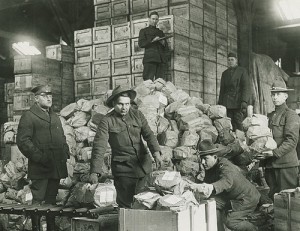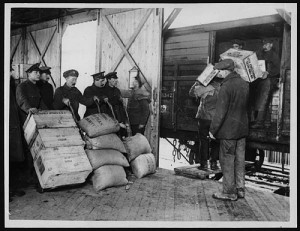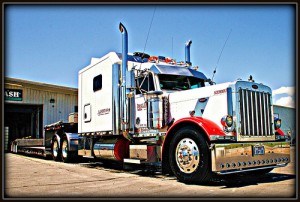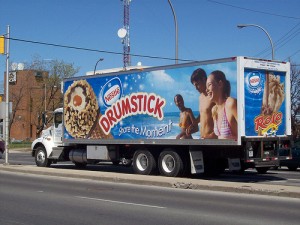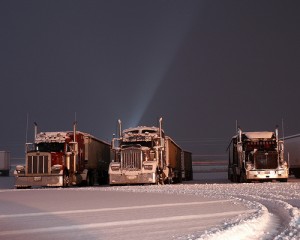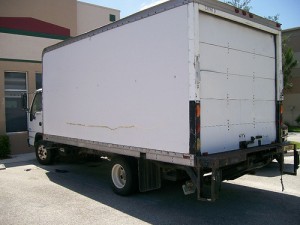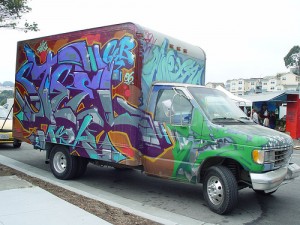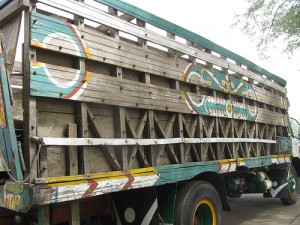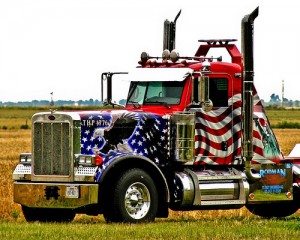If you’re new to shipping or you have a one-time move to make, you may not know what type of shipping will best suit your item. Here is our guide to the main types of shipping you may need.
LTL (“Less-than-Truckload”) shipping is most often used for domestic shipments of large items that don’t fill up a full truck. This is most convenient for engines and transmissions, barbecue grills, table saws, and medical equipment such as optometrist or dentist chairs. It is also convenient for pallets of small goods, such as packaged dry food or plastics. Usually an LTL move will include no more than six pallets.
Domestic or International Small Package shipping can be used for most items under 150 pounds. This includes single laptop computers, one or two boxes of personal items, and small merchandise such as a box of shoes. However, for lightweight items that are too long or too wide, such as skis or an auto body part, LTL shipping is usually the best choice.
Full Truckload shipping is usually best for domestic shipments that are over 20,000 lbs and which are composed of items that fit into an enclosed van, such as furniture or pallets.
Ocean Freight and International Air Freight shipping are used for international shipments which are too large for small package carriers, such as a pallet of goods or a machine part. Personal goods shipping overseas must always use ocean freight.
Thanks for tuning in to our blog this week. More helpful shipping tips are on the way!
If it’s your first time shipping LTL freight, you may not be familiar with the etiquette of LTL freight pick-ups. Let ShippingDiscounts.com be your guide to a painless pick-up with these six tips.
- Have your Bill of Lading ready. (This is the most important of all our tips!) You must give this to the driver with your freight. Without this document, your freight may be delayed and may incur a reconsignment fee. ShippingDiscounts.com will always provide you with a printable Bill of Lading.
- If you are arranging a pick-up from a business location where you will not be present, make sure you know the closing time. Typically, pick-ups are made in the afternoon, and without this information, the driver may arrive too late in the day to collect your freight.
- Make sure your freight is packaged securely. Improperly packaged goods may be refused.
- On the scheduled pick-up date, keep your freight ready-to-go in an accessible location. It must be at the curb or dock at pick-up. Examples of inaccessible locations include indoor areas above the ground floor, or inside a gated community with a low overhead gate.
- Make sure your item count matches your Bill of Lading. If you have five items, make sure you have all five pieces ready and ensure that the item count on the Bill of Lading is correct. Usually it’s not a problem to hand-write a change to the paper BOL so long as the weight is the same.
- Be ready to answer the phone. Especially if you are in a remote or hard-to-find area, the driver or dispatcher may call you to request directions. Additionally, if you have requested a notification before arrival, it’s important that you answer so that your pick-up can be made in a timely way.
With these tips, you’ll be ready for a smooth pick-up!
Many shippers are confused by the different kinds of trucking services that are out there. Here are some examples of the trucks you might see on a highway near you, and here’s what they are used for.
Flatbed Trucks. These are used for oversize items that won’t fit into an enclosed van.
Refrigerated Trucks. These are used for items like meat, produce, and dairy that must be kept at a certain temperature.
Box Trucks. These are the most common type of truck for freight shipping. They can be many different sizes and can include a liftgate at the rear.



